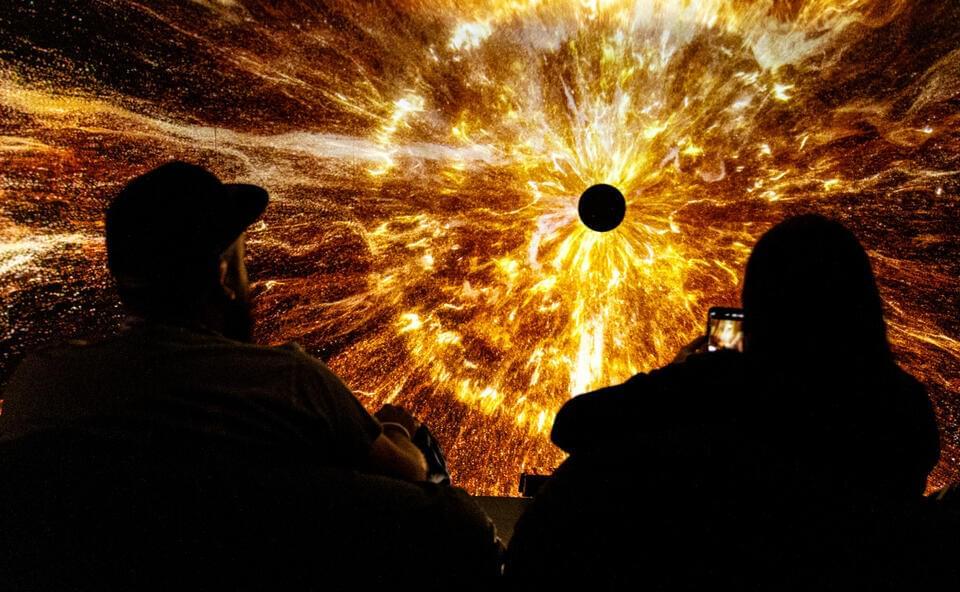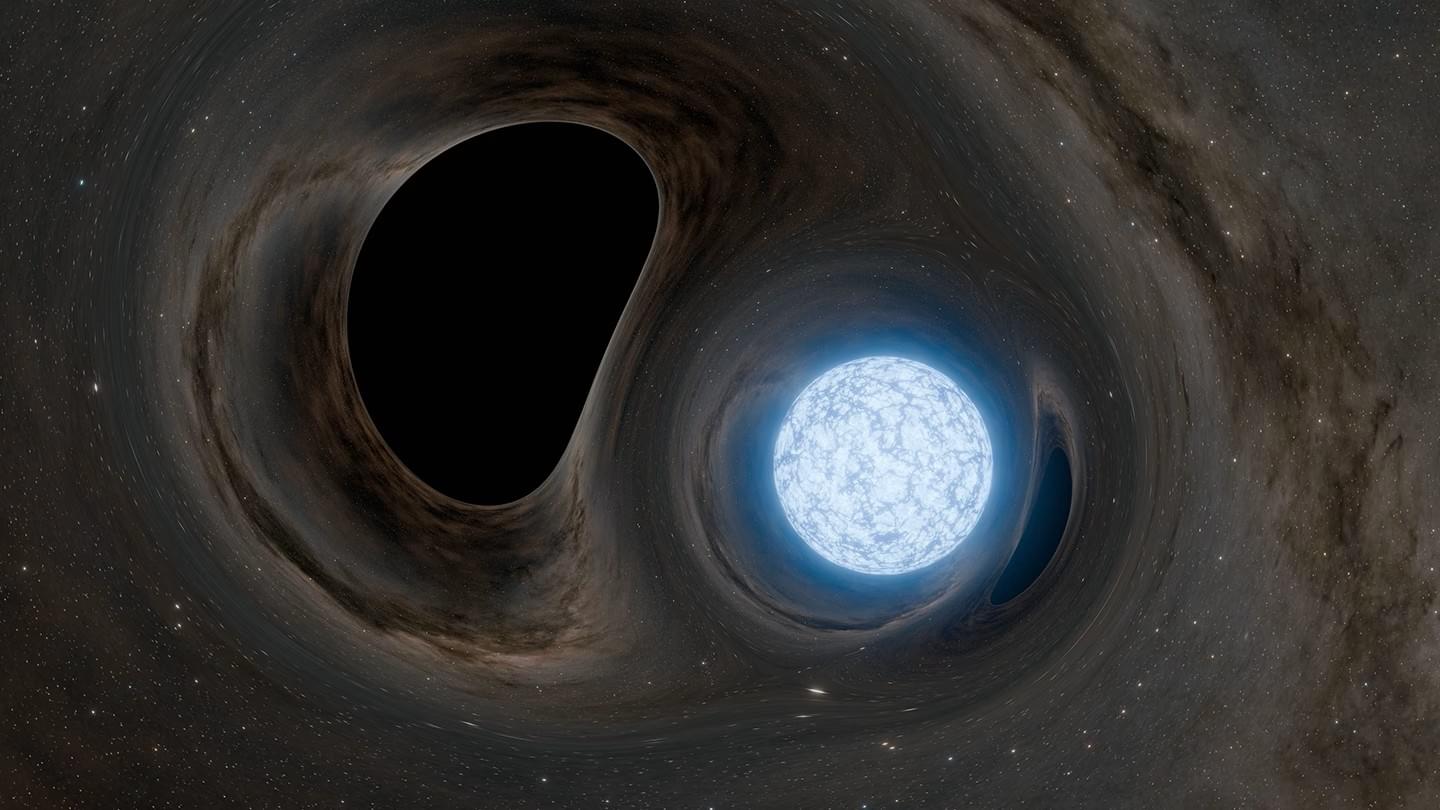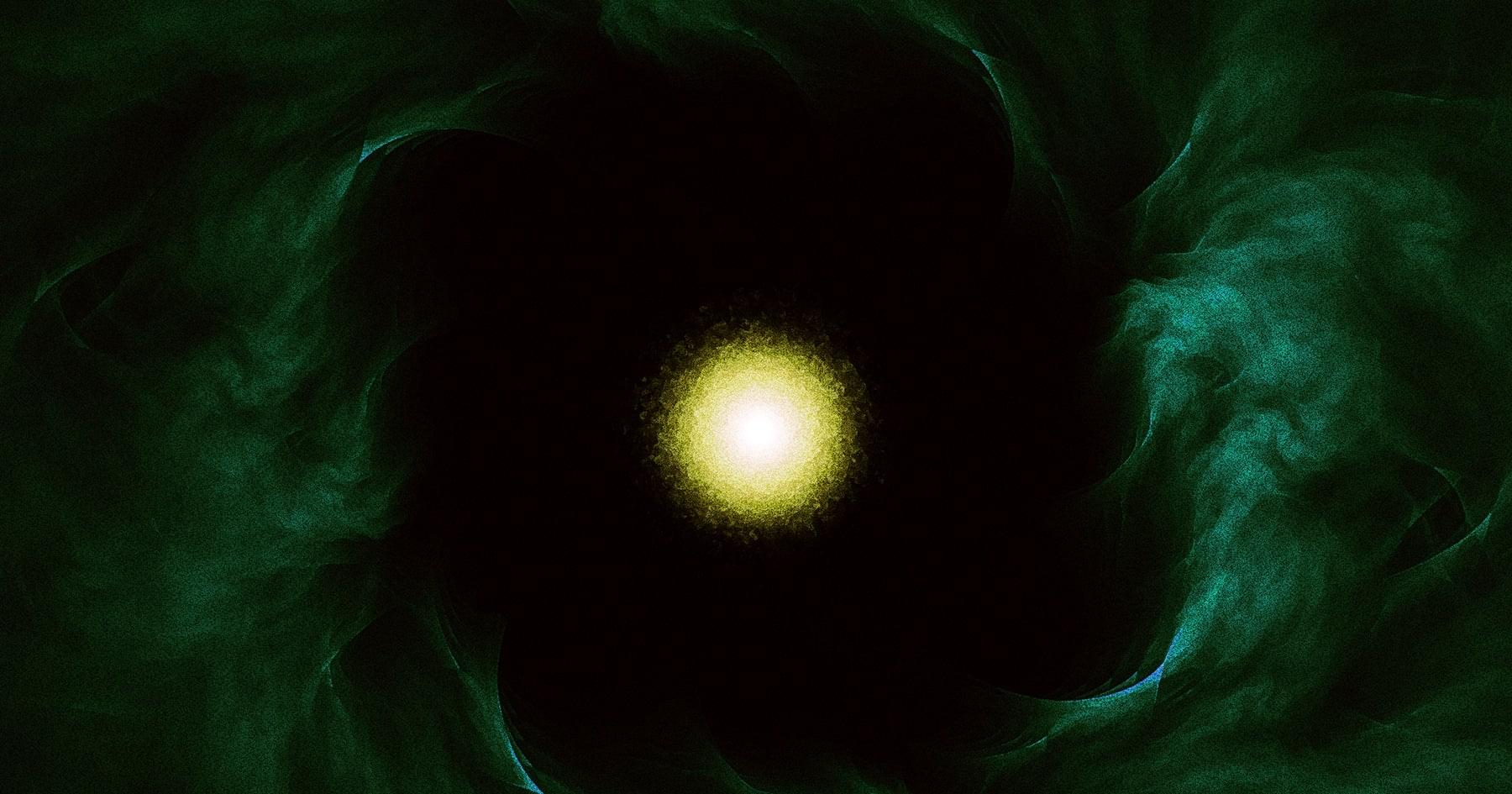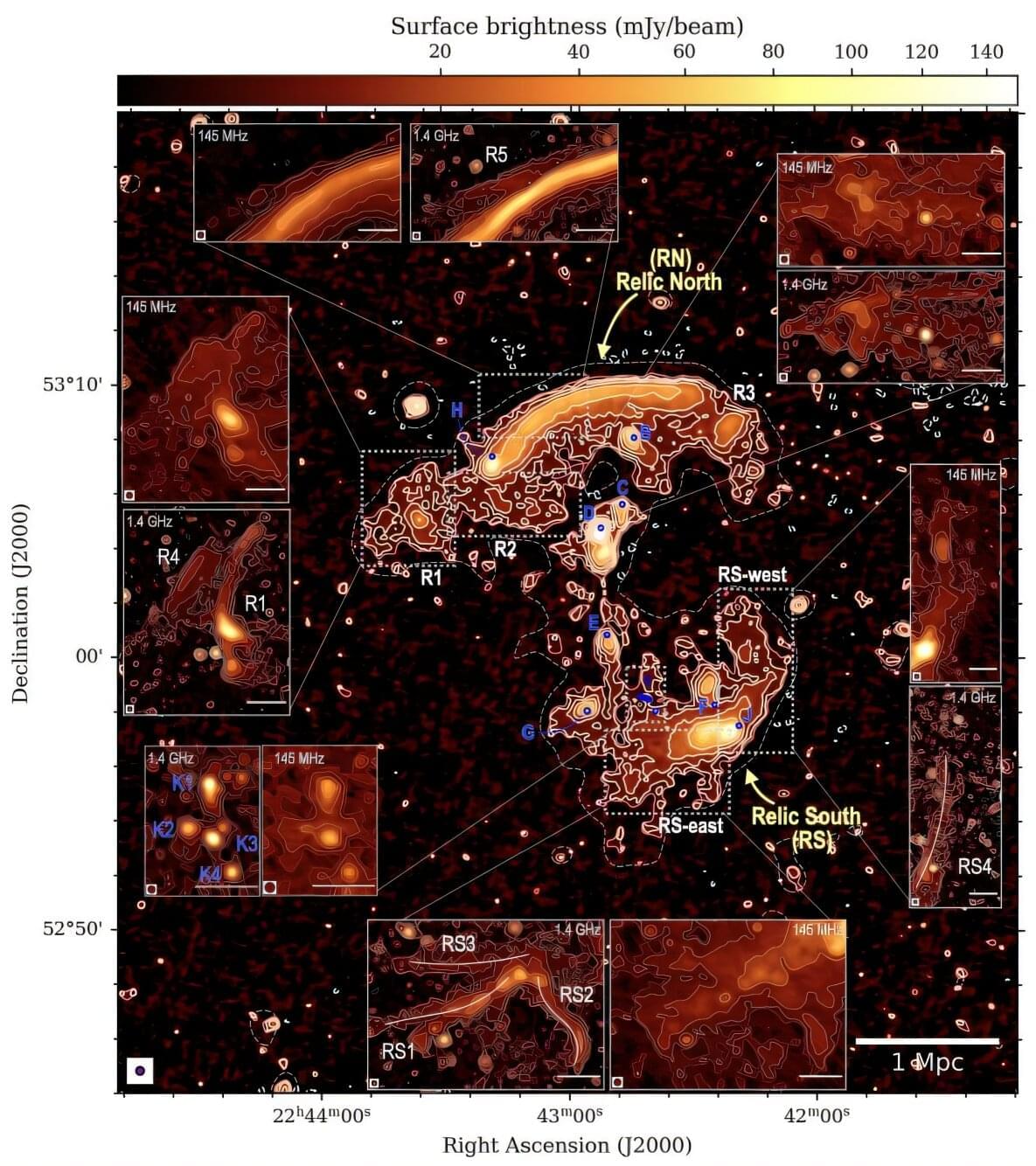A radical new theory suggests our universe didn’t begin with the Big Bang. It bounced out of a black hole inside a much older cosmos.



On 23 June 2025, the world will get a look at the first images from one of the most powerful telescopes ever built: the Vera C. Rubin Observatory.
Perched high in the Chilean Andes, the observatory will take hundreds of images of the southern hemisphere sky, every night for 10 years. In doing so, it will create the most complete time-lapse record of our universe ever assembled. This scientific effort is known as the Legacy Survey of Space and Time (LSST).
Rather than focusing on small patches of sky, the Rubin Observatory will scan the entire visible southern sky every few nights. Scientists will use this rolling deep-sky snapshot to track supernovae (exploding stars), asteroids, black holes, and galaxies as they evolve and change in real time. This is astronomy not as a static snapshot, but as a cosmic story unfolding night by night.

The universe is full of spectacular and violent events, but few are more dramatic than a black hole tearing apart a star. Now, thanks to advanced computer simulations, scientists have gotten their closest look yet at what this cosmic catastrophe might actually look — and even sound — like.
A team of astronomers, led by theoretical astrophysicist Elias Most of the California Institute of Technology (Caltech), modeled the dramatic final milliseconds before a neutron star, the incredibly dense core left behind by a massive stellar explosion, is devoured by a black hole.


We now know that the Galaxy is full of potentially habitable planets. So why do we see no signs that any civilizations have come before us? Matt O’Dowd, astrophysicist and host of PBS Space Time, explains why Fermi’s paradox really is so surprising, and he offers a new piece of evidence that may point towards the solution.
Astrophysicist Matthew O’Dowd spends his time studying the universe, especially really far-away things like Quasars, super-massive black holes and evolving galaxies. He completed his Ph.D. at NASA´s Space Telescope Science Institute, followed by work at the University of Melbourne and Columbia University. Currently he is a professor at the City University of New York´s Lehman College and an Associate at the American Museum of Natural Historys Hayden Planetarium.
Thumbnail © Nadja Niemiec.
This talk was given at a TEDx event using the TED conference format but independently organized by a local community.
Special Offer! Use our link https://joinnautilus.com/SABINE to get 15% off your membership!
Dark energy and dark matter are two placeholders for mysterious forces and substances that expand our universe and make up the majority of its matter, respectively. In a new theory, one physicist says that defects in spacetime explain both of these mysteries at the same time. Let’s take a look.
This video comes with a quiz which you can take here: https://quizwithit.com/start_thequiz/1748971420417x503138930832703500
Correction: I mixed up the gems, sorry. I should have said, defects change the colour of sapphires to red and green, not diamonds.
🤓 Check out my new quiz app ➜ http://quizwithit.com/
💌 Support me on Donorbox ➜ https://donorbox.org/swtg.
📝 Transcripts and written news on Substack ➜ https://sciencewtg.substack.com/
👉 Transcript with links to references on Patreon ➜ https://www.patreon.com/Sabine.
📩 Free weekly science newsletter ➜ https://sabinehossenfelder.com/newsletter/
👂 Audio only podcast ➜ https://open.spotify.com/show/0MkNfXlKnMPEUMEeKQYmYC
🔗 Join this channel to get access to perks ➜
https://www.youtube.com/channel/UC1yNl2E66ZzKApQdRuTQ4tw/join.
🖼️ On instagram ➜ https://www.instagram.com/sciencewtg/
#science #sciencenews #physics #spacetime

Using the Low Frequency Array (LOFAR), European astronomers have investigated a galaxy cluster designated CIZA J2242.8+5301, dubbed the Sausage cluster. The observations conducted at very low radio frequencies provide more insights into the properties of radio relics in this cluster. The new findings are presented in a research paper published May 29 on the arXiv preprint server.
Galaxy clusters consist of up to thousands of galaxies bound together by gravity. They are the largest known gravitationally-bound structures in the universe, and therefore serve as excellent laboratories for studying galaxy evolution and cosmology. Observations show that galaxy clusters generally form as a result of mergers and grow by accreting sub-clusters.
CIZA J2242.8+5301 is a well-studied merging galaxy cluster at a redshift of 0.192. It contains prominent double radio relics (diffuse, elongated radio sources of synchrotron origin) and other diffuse radio sources. CIZA J2242.8+5301 was nicknamed the Sausage cluster due to the distinctive morphology of its northern relic.

Astronomers from the University of Hawaiʻi’s Institute for Astronomy (IfA) have discovered the most energetic cosmic explosions yet discovered, naming the new class of events “extreme nuclear transients” (ENTs). These extraordinary phenomena occur when massive stars—at least three times heavier than our sun—are torn apart after wandering too close to a supermassive black hole. Their disruption releases vast amounts of energy visible across enormous distances.
The team’s findings appear in the journal Science Advances.
“We’ve observed stars getting ripped apart as tidal disruption events for over a decade, but these ENTs are different beasts, reaching brightnesses nearly ten times more than what we typically see,” said Jason Hinkle, who led the study as the final piece of his doctoral research at IfA. “Not only are ENTs far brighter than normal tidal disruption events, but they remain luminous for years, far surpassing the energy output of even the brightest known supernova explosions.”

Physicists are always searching for new theories to improve our understanding of the universe and resolve big unanswered questions.
But there’s a problem. How do you search for undiscovered forces or particles when you don’t know what they look like?
Take dark matter. We see signs of this mysterious cosmic phenomenon throughout the universe, but what could it possibly be made of? Whatever it is, we’re going to need new physics to understand what’s going on.